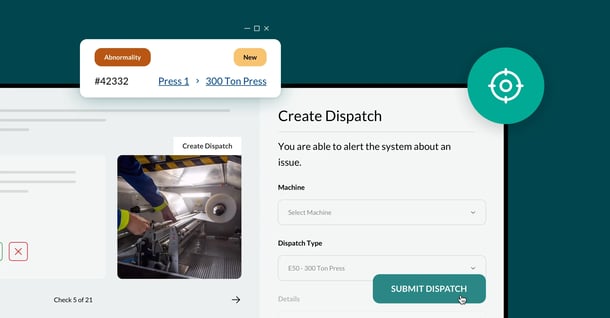
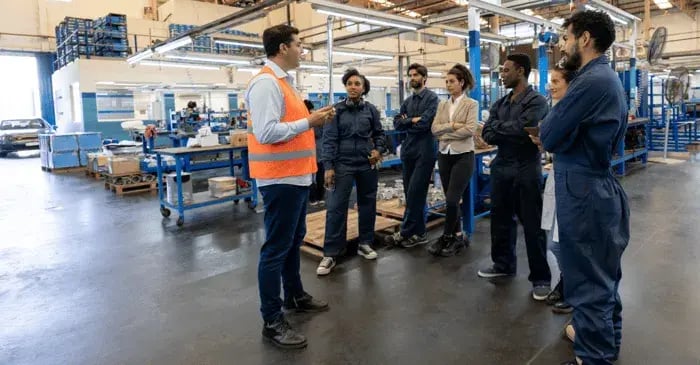
Standard Work = Processes + Procedures + Work Instructions.
Standard Work. Processes. Procedures. Work instructions. You Probably Use These Terms Often BUT... What is Actually the Difference Between Them?
Standard work. Processes. Procedures. Work instructions.
We’re betting you've talked about all of these terms often.
But what is actually the difference between them? Understanding them can make a difference in how you plan and execute your work to achieve predictable and consistent results.
1. Standard work.
First and foremost: what is standard work?
→ Standard work = the combination of processes, procedures, and visual work instructions. It explains the best practices for performing a task according to standard in a consistent way - no matter who does it.
Standard work is the combination of processes, procedures, and work instructions.
Reasons to love standard work.
- Predictability: Standardized work allows teams to meet industry standards and compliance goals, including ISO 9000 and ISO 9001.
- Consistency: Lean manufacturing and continuous improvement depends on consistency. This impacts your bottom line ($) and product quality.
- Safety: Having clear standardized procedures in place, you can avoid accidents and severe safety incidents from happening.
- Training: Standard work also ensures efficient onboarding and training of new team members.
- Reduce waste: Spare those resources. Standardize your processes.
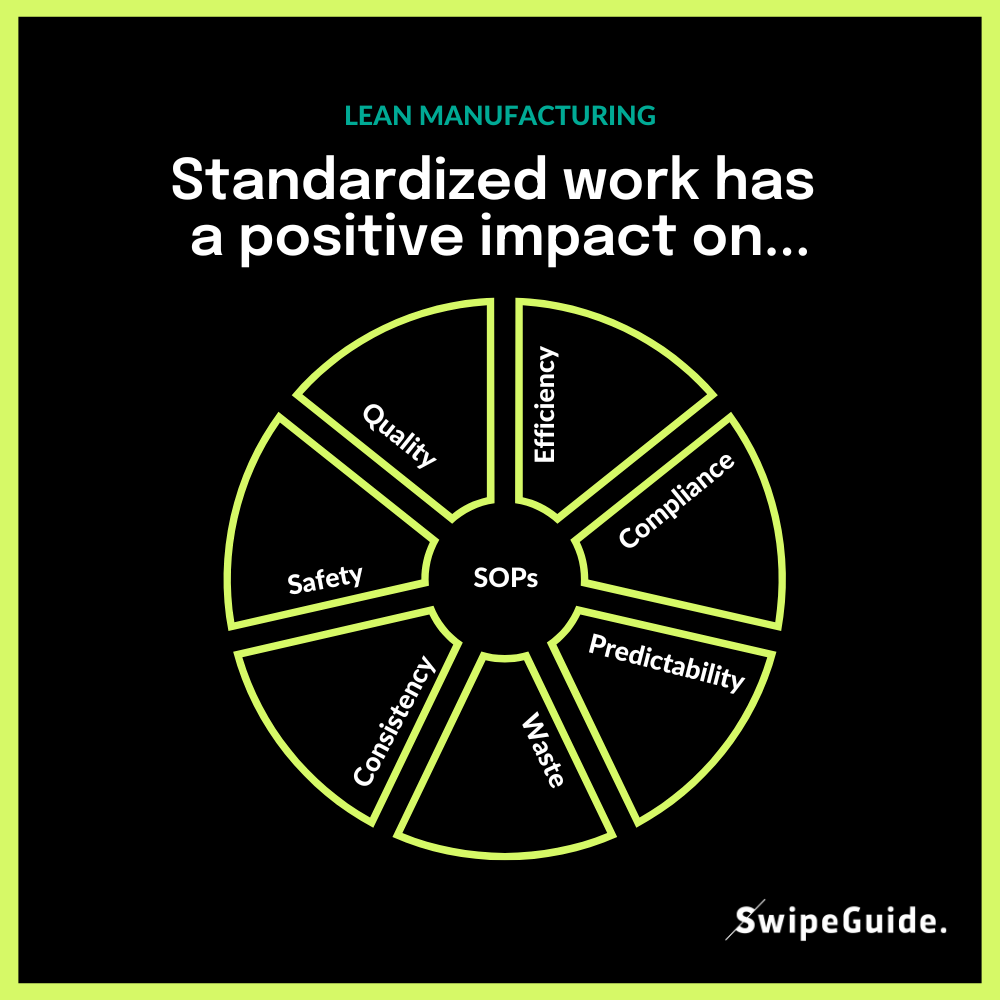
2. Process.
→Process = A set of related or interacting activities, which transform inputs into outputs.
But in the most basic terms possible - processes outline the what of the shop floor. You can think of them as the rigid and thorough strategies that define the various moving parts of your manufacturing operations:
- Activities: What is being done?
- Roles: Who is involved in the process?
- Events: What steps need to be completed?
- End state: what will be accomplished when the process is completed
Processes are so important because they clearly define big-picture of your day-to-day operations. In fact, the other two terms in this post, procedures and work instructions, are systems put in place to ensure their success.
In addition to providing a thorough structure and way of working, processes play a critical role in ensuring compliance with international manufacturing standards such as ISO 9000 and ISO 9001.

Processes outline WHAT needs to happen and are crucial in standard work.
3. Procedure.
→Procedure = When you have a process that must happen in a specific way, and you specify how it happens, you have a procedure.
Procedures are the specific ways of working that allow manufacturers to effectively carry out processes. Think about it like this - if a process were a house, procedures would be the beams, walls, and bricks that hold it up.
Procedures are essential for effectively carrying out your larger processes on the shop floor. Standard operating procedures break down any process into a series of concrete steps that ensure the successful transition from input to output.
Example of a procedure in a bottling line:
Let's take a look at a common process within the food and beverage industry: bottling beer in a bottling line. In order to complete this successfully, several things need to happen in the correct order. A procedure will detail:
- The way in which an employee fills a bottle or places a label on a finished bottle of beer.
- The materials involved in this process
- Which tools and standards need to be involved and consistently checked during the completion of this activity.
- How the finished product should look.
- Any potential missteps or error-fixes that need to be addressed.
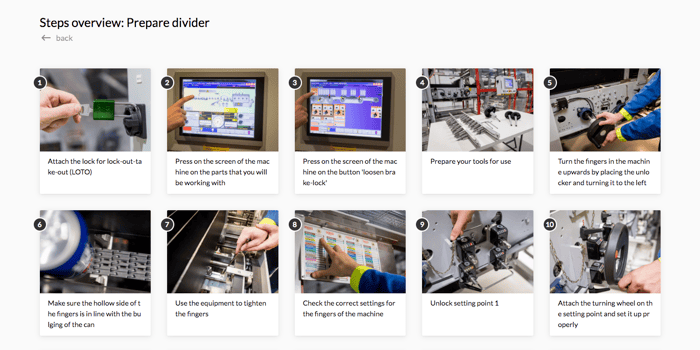
Procedures break down processes into a series of concrete steps.
3. Work instructions.
→Work instructions = instruct the best way to complete a specific procedure. They translate procedure into a human-centered way of working that allows any employee on the shop floor to complete a task at hand.
Why are good work instructions critical?
- Work instructions are the foundation upon which effective processes and procedures are built and ensure successful performance of a procedure.
- They include all of the explicit information needed to carry out a task.
- They make task execution safe, efficient, and compliant.
Procedure vs. work instruction?
If processes and procedures define the way of working, then work instructions are the critical link between standard work and the human element of manufacturing.
Nurturing the humans on the shop floor is absolutely critical to success and efficiency in manufacturing, according to lean thinking. Philosophies like Training Within Industry (TWI) demonstrates the power of creating user-centered programs to drive the continuous improvement of your processes and procedures.

Accessible digital work instructions will help you with getting new team members up to speed.
Digital work instructions for the future.
Manufacturing is only becoming faster and more complex. Work instructions that effectively supported your processes and procedures 20 years ago simply won’t cut it today. Digitized factories, a rapidly changing and dynamic workforce, and fierce global competition mean that work instructions need to keep pace with industry 4.0 and the factory floor of the future.
To read more about how great digital work instructions support standard work and make a difference on the shop floor, check out these additional resources:
👉 Ebook: "Create Better Work Instructions."
👉 Article: "SOP Best Practices & Guidelines"
👉 ROI whitepaper: "Maximize Efficiency and Minimize Waste"
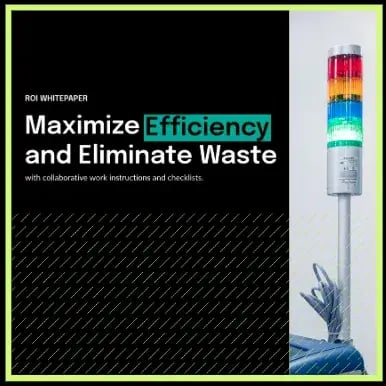
Author
Revisions
It's time to simplify frontline training
Work instructions, checklists, and skills management - all in SwipeGuide
- Cut training time by 50%
- SOC I and II compliant
Get to know us
SCHEDULE YOUR DEMOResources
-
1
How to empower your frontline with better instructional design. -
2
How to gain the edge in Industry 4.0 with smart manufacturing practices. -
3
How to make excellent digital work instructions. -
4
How to deliver continuous improvement at the frontline with Lean principles. -
5
How to capture, share, and improve expert knowledge with digital SOPs.


